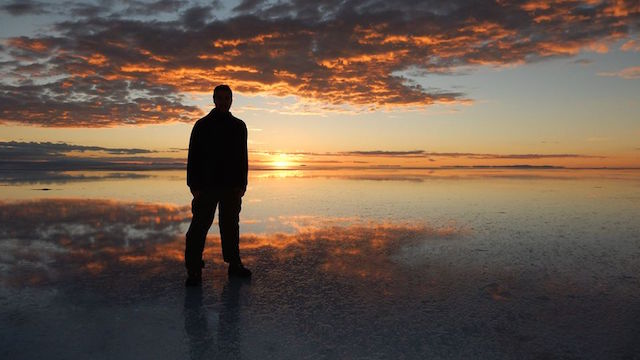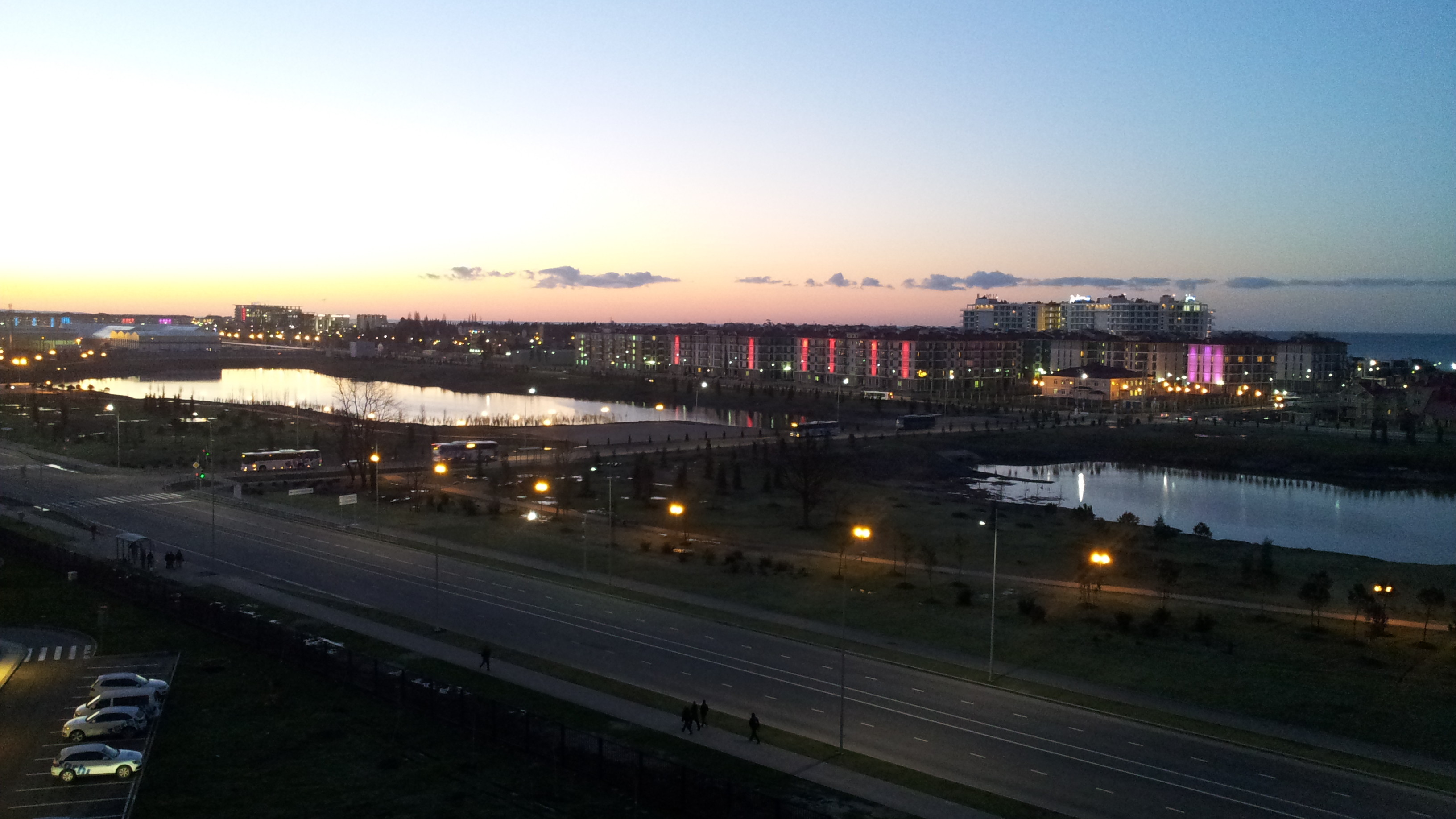My journey to one of the world’s most stunning sights began with an innocent click.
Really, it began because of this web site.
I launched the Telling The Story blog in February 2013 to inspire journalists and storytellers, using not just my work but that of others around the world. I included a weekly series called “3 Great Stories” to spotlight the best pieces I watched, heard, or read that week.
I began to relish my regular quest to unearth such gems, and I regularly scanned different outlets to expand my reach.
In January 2014 I discovered Medium.
Advertised initially as a long-form version of Twitter, the site had become — at its best — a beacon of creativity where both young and established writers posted their work. I started scouring its headlines until I stumbled upon this one:
Salar de Uyuni: my trip to see the world’s largest mirror
It was accompanied by this photo:
My eyes widened, and my index finger raced to the mouse to click on the link.



